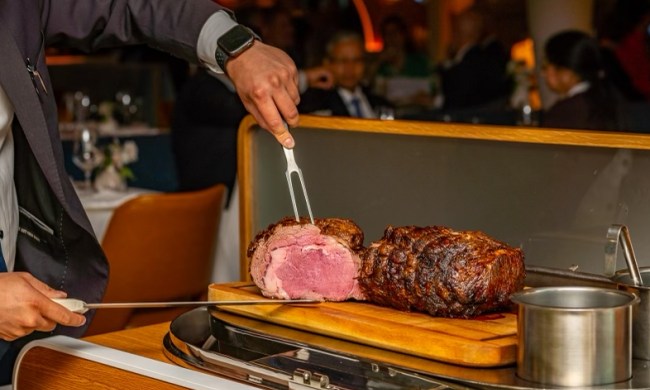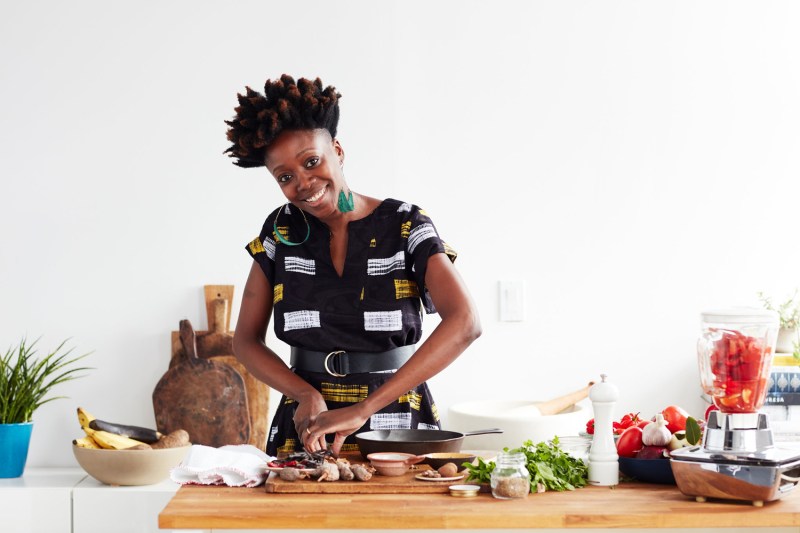
In some households, tofu is a cooking staple. In others, it’s the food whose name you dare not speak. Since the beginning of its existence, tofu has had a stigma that it’s been trying to overcome. Where this negative association came from, we’re not sure. It’s been associated with hippies, health nuts, and food from different cultures that others don’t understand. Plus, unless you’re a strict vegan or vegetarian, why not just eat meat instead of a meat substitute?
Therein lies the most likely reason why tofu gets shunned. Before Beyond Meat, Impossible Foods, and many other new meat substitute brands, tofu was the go-to substitute for meat. But, we all know that tofu really doesn’t taste like meat, nor should it. If we all take a step back, shift our perspective on tofu, and take it for what it is, then we might all be more accepting of the soybean curd. Tofu is a good source of protein, iron, and potassium. It has tons of great cooking applications, is consistently affordable, and has been around before Christianity was even a thing.
To shed a little more light on the scrumptious superfood, we turned to New York Times Cooking‘s unofficial tofu queen, Yewande Komolafe. Below, she’ll share some helpful tips on how to cook (and prepare) tofu. Also, stick around until the end for a recipe crafted especially for yours truly from Komolafe.
“Tofu allows for a lot of experimentation and can be suited to almost any cooking method. Tofu has an extraordinary history. It’s not a food trend. I think more people are drawn to its wide applicability. They’re discovering ways to use tofu that are new to them. But they are tried and true, and that’s the beauty of working with an ingredient like tofu,” Komolafe commented.
Related Guides
Get the Water Out
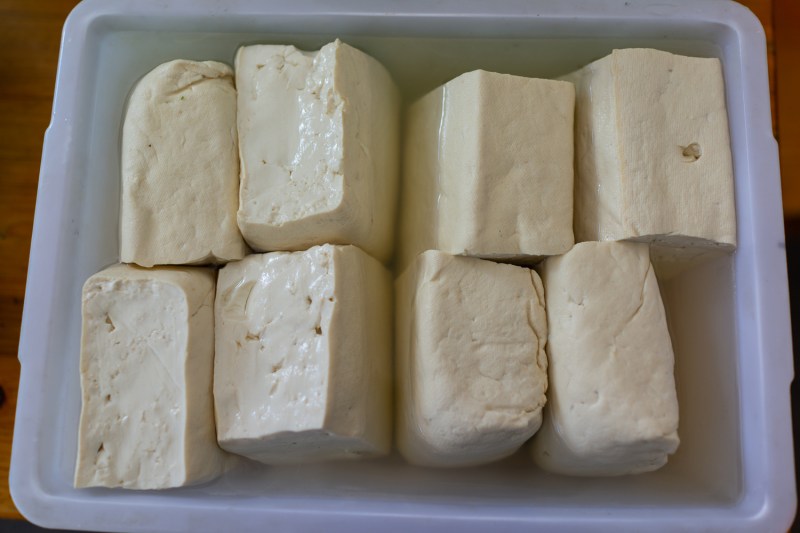
All tofu gets packaged with some level of water, which preserves it. Soft or silken tofu lives in a tub of water, while firmer tofu contains a little less. Regardless, if you extract the water from the tofu, it will absorb seasonings better and won’t expel a bunch of water into whatever you’re cooking. This is true for all varieties of tofu and is essential if you’re attempting to fry your tofu with any sort of batter.
There are a number of ways to get water out of tofu. One very effective method is to remove the tofu from its watery package and freeze it in an airtight meal prep container (for up to three months). When you’re ready to cook, simply thaw the tofu overnight (don’t worry if it’s yellow, that’s normal), drain any expelled water, and pat dry. Another method, used for firmer tofus, is to remove the tofu from its package and press it between two perforated pans for at least a few hours or overnight. Other last-minute methods to remove water are to simply pat it dry or nuke it in the microwave for 30 seconds or so.
Tofu Loves Marinades
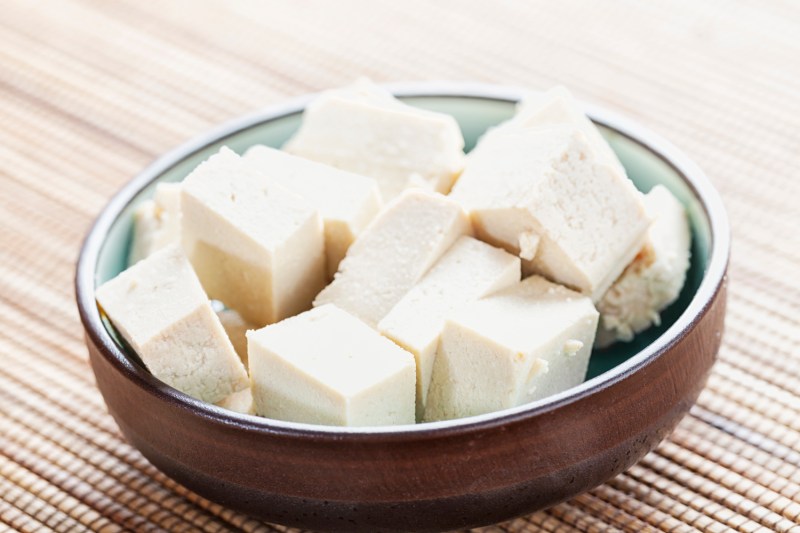
If you open a tofu package and take a huge bite, you won’t get bowled over by a complex flavor profile. That’s because tofu doesn’t have a lot of flavor on its own. What makes it so versatile is its ability to take on and complement other flavors.
Once you’ve extracted the water from your tofu, it’s like a dry sponge ready to take on any type of marinade, making it perfect for grilling, smoking, or searing. If you do marinate your tofu, skip the oil when cooking since most marinades already contain oil.
Fermenting Fun
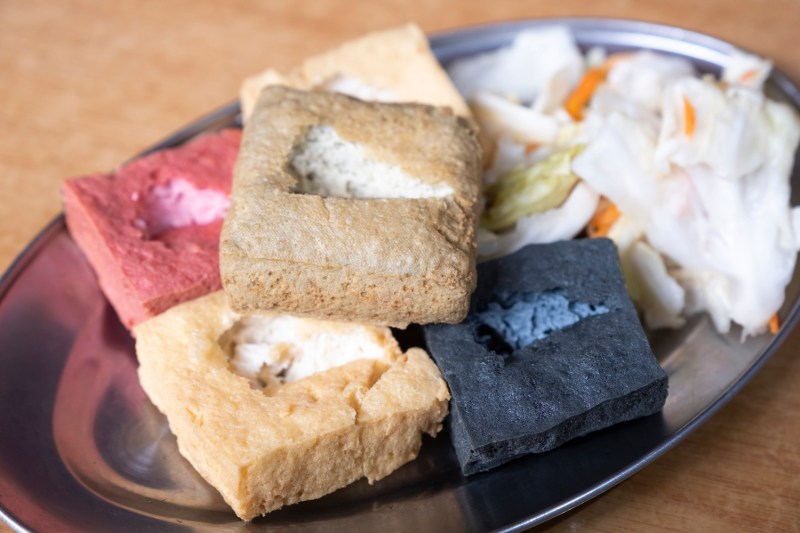
Fermented tofu is definitely an acquired taste. However, if it’s up your alley, you can ferment your own tofu with your own concoction of flavors and let it chill in the fridge for years.
Get the Pan Smoking Hot
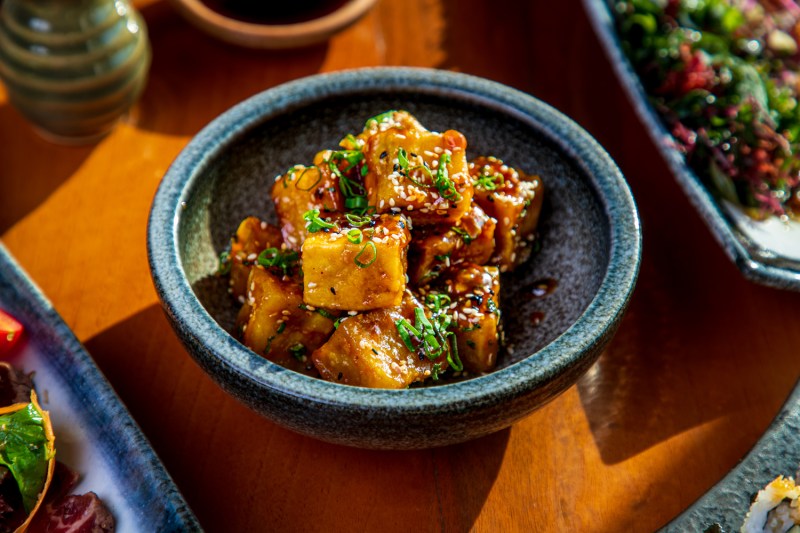
The skin of tofu is not responsive to heat the way meat is. It takes a smoking hot pan to get an appealing sear like the recipe photo of the crispy tofu dish below.
Pay Attention to the Recipes
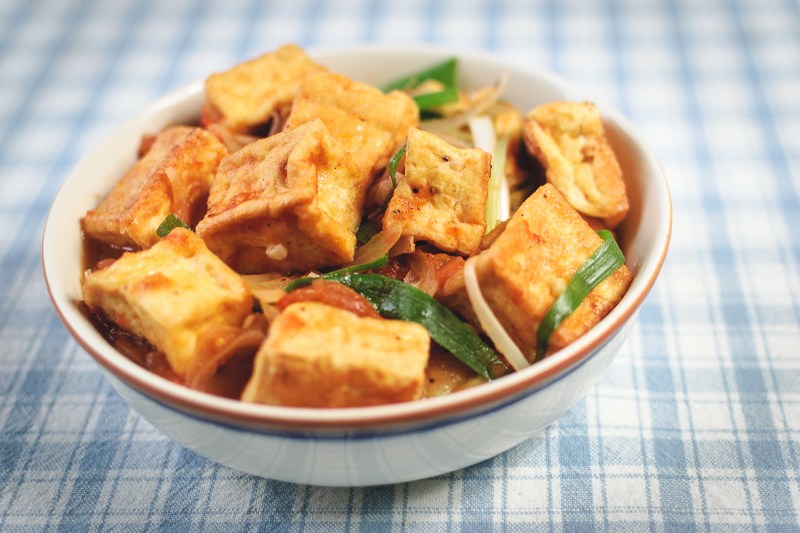
Different types of tofu lend themselves to specific types of recipes. While firmer tofus are great for stir-fries and grilling, softer tofus are great in soups and deep-fried. When researching the best recipes, a legitimate recipe will specify what particular type of tofu to use and the best way to prep it.
“It’s [tofu] hard to ruin. Pay attention to the package label. Silken? Firm? It’s important to note the kind of tofu you need for each dish,” said Komolafe.
Here is a delicious tofu recipe for you to try from Yewande Komolafe.
Crispy Tofu With Cashews and Blistered Snap Peas
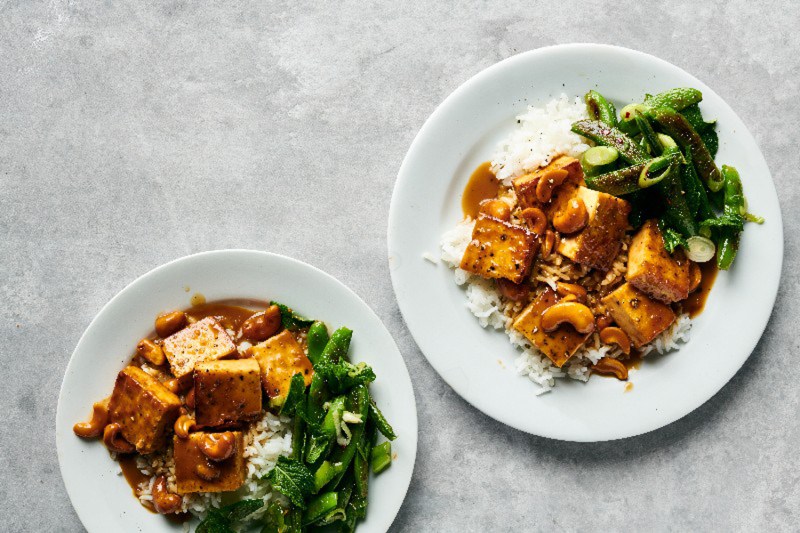
(By Yewande Komolafe, The New York Times Cooking)
Adorned with glossy cubes of seared tofu and nutrient-rich cashews and snap peas, this dish may be one of your heartiest meals of the day. Best served with rice. Try it, and you’re going to love tofu-based dishes more.
Ingredients:
- 1 (14-ounce) block firm or extra-firm tofu, drained
- 3 tablespoons neutral oil, such as grapeseed, vegetable, or canola, plus more as needed
- Kosher salt and black pepper
- .75 pound snap peas, trimmed
- 1 (2-inch) piece fresh ginger, peeled and grated (about 2 tablespoons)
- 2 garlic cloves, grated
- 1 (13-ounce) can unsweetened coconut milk (light or full-fat)
- 1 tablespoon soy sauce
- 2 teaspoon molasses, dark brown sugar or honey
- .5 cup toasted cashews
- 1 tablespoon rice vinegar
- 4 scallions, trimmed and thinly sliced
- .25 cup mint leaves, torn if large
- .5 to 1 teaspoon red pepper flakes (optional)
- Rice or any steamed grain, for serving
Method:
- Slice the tofu in half horizontally, and leave on paper towels to dry any excess liquid.
- In a medium cast-iron skillet or cast-iron pan, heat 1 tablespoon oil over medium-high until it shimmers.
- Season both sides of the tofu with salt and black pepper, place in the pan, and sear without moving until tofu is browned and golden on both sides, turning once halfway through about 8 minutes total. Move the tofu to a plate.
- Add 1 tablespoon oil to the pan, and add the snap peas. Cook, stirring occasionally, until blistered and just tender, about 3 minutes. Season with salt and move to a bowl.
- Heat the remaining 1 tablespoon oil, add the ginger and garlic, and cook until fragrant, about 30 seconds.
- Pour in the coconut milk, soy sauce, and molasses. Simmer, stirring frequently until the sauce reduces and its color deepens to a dark brown, about 6 to 8 minutes. It should coat a spoon without running right off.
- Stir in the cashews, break the tofu into 1-inch pieces and toss in the pan to coat with sauce.
- Remove from heat, and taste and adjust seasoning, if necessary.
- Toss the snap peas with the rice vinegar, scallions, mint, and red-pepper flakes, if using.
- Divide among plates, along with the tofu and cashews.
- Serve with rice or any steamed grain.



